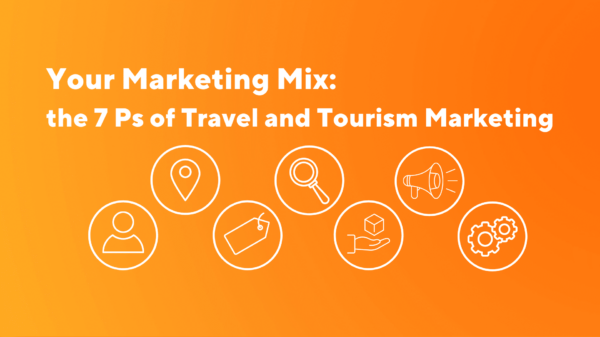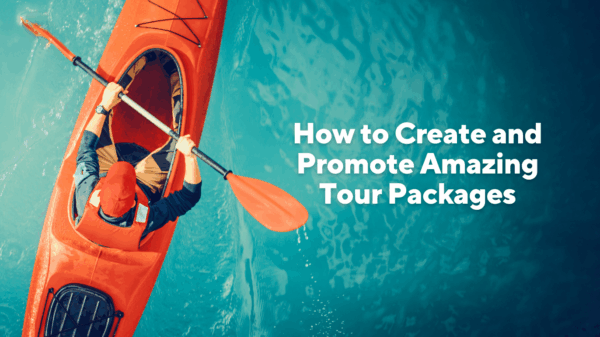As a busy tour operator, developing a marketing strategy for your tour or activity business can feel like a daunting task. You already have your hands full ensuring your business is running smoothly, you can’t afford to waste time or money on the wrong things. Fortunately, you don’t have to go in without a plan. A good way to build out your knowledge of the fundamentals of marketing is to understand the marketing mix and how to use the 7 Ps of marketing in the travel and tourism industry.
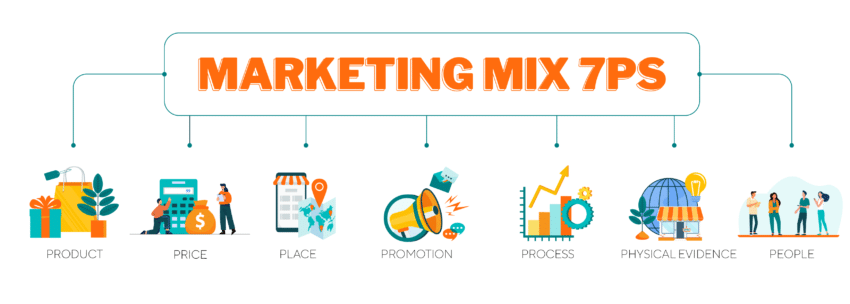
A marketing mix is the set of actions that a business uses to promote its brand in the market and influence customers to purchase their product. An effective marketing mix focuses its efforts in multiple areas to build a robust marketing plan. These areas were initially known as the 4 Ps of marketing (product, price, place, and promotion) and were first proposed by marketing professor Jerome McCarthy in 1960. Since then, marketing tactics have evolved and in an attempt to better address businesses in the service industry, the 4 Ps were expanded to 7 and now include people, process, and physical evidence.
Why Do They Matter?
Today, we’ll be exploring all 7 Ps of the marketing mix and how they can help you build an effective marketing strategy for your tour or activity business. While each element of the marketing mix is important on its own, collectively they provide a framework for creating a plan that is unique to your business and your target audience. Following the 7 Ps will help you better understand your brand so that you can develop a marketing strategy that works for you on all fronts.
The 7 Ps of Travel and Tourism Marketing
Product

The first P of the marketing mix is product. That is, what is it that you’re selling to your customers? In most industries, the product is something that is tangible. The customer can walk into a store, purchase a product off the shelf, and take it home with them. However, in the tourism industry, the product provided is often an intangible service in the form of a tour, an experience, or even the destination itself.
Tangible or intangible, to give your product the best chance of success, it’s important to ensure that there is a demand for what you’re selling. Make sure you have a thorough understanding of the service you’re offering, the needs you’re fulfilling for your customers, and why they aren’t able to get it anywhere else. What makes your tour or activity unique and better than that of your competitors?
Answering these questions will help you discover your unique selling proposition (USP) and determine your positioning in the market. Above all, ensure that the tour or activity you’re providing is the best that it can be.
Price
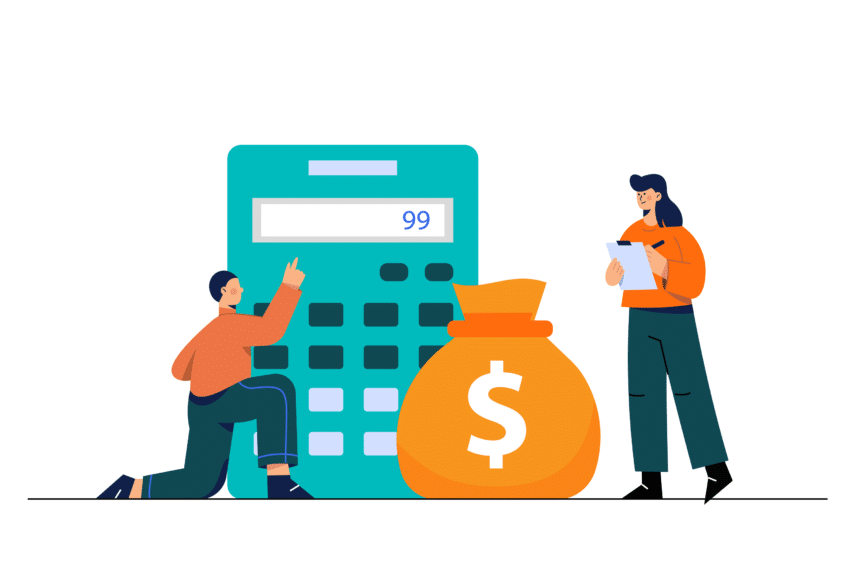
Next up is the price of your tour. What are your customers willing to pay for what you’re offering? Determining how to price your tour or activity package requires the careful consideration of factors such as competitor pricing, the budget of your target audience, and your own overhead and operational costs. Ultimately, you want to price your tour or activity competitively so that it is both attractive to your customers and profitable for your business.
Place
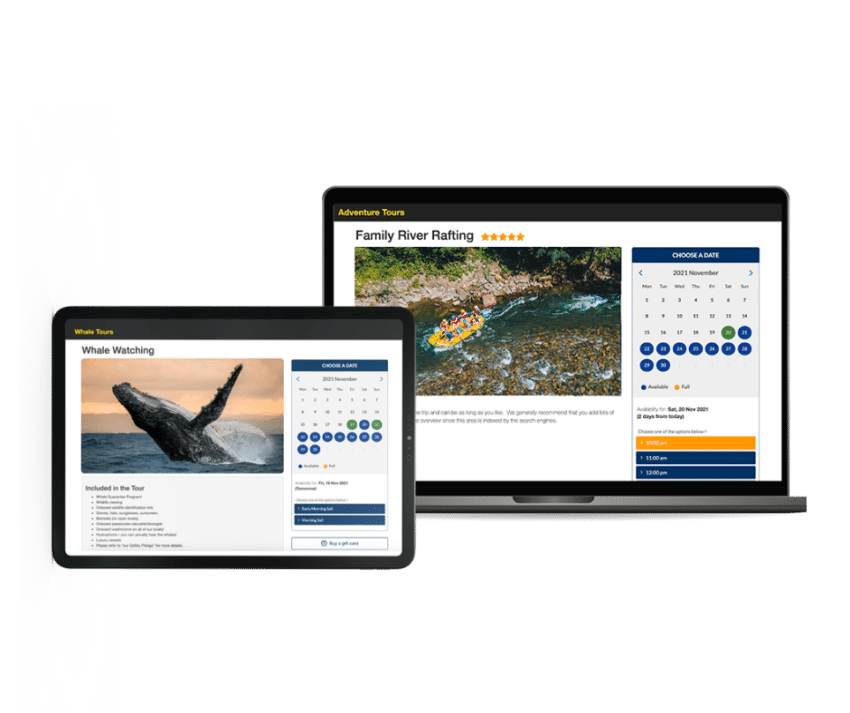
The third P of the travel and tourism marketing mix is place, or the distribution method of your product. This is where and how you make your tour or activity available to your customers for purchase. As mentioned earlier, because the service you’re providing is intangible, the places where your customers can book your tour will primarily be online, whether it be through your booking website, social media platforms, or online travel agencies (OTAs) like Expedia and Booking.com.
Your online booking website is one of the most important places your tours and activities can be found, so make sure it’s doing everything you need by booking a demo with Rezgo.
Physical locations like your tour or activity office as well as neighboring businesses that you’ve partnered with are also places where your customers might access your product.
Promotion
The last of the original 4 Ps of marketing is promotion, or how your customers learn about your tour or activity. Tour promotion encompasses all the tactics that businesses typically use when they think about marketing. This includes both physical and digital advertisements, social media posts, press releases, events, special deals or limited-time offers, customer reviews, and partnerships with hotels or other local businesses at your destination. The possibilities are endless when it comes to tour promotion and are really only limited by your own creativity.
People

The people who represent your business and the customer service they provide are especially important when it comes to the success of a tour or activity company. Unlike businesses where physical products can sometimes speak for themselves, the overall experience a customer receives on a tour is greatly influenced by the people they interact and engage with. This includes tour guides, customer service representatives, and even booking agents. To ensure a positive experience for your customers, it’s important that anyone who interacts with your customers on your business’ behalf (even indirectly) is highly professional and knowledgeable about your products and services.
Process
the sixth of the 7 Ps of tourism marketing is the process. The process that a customer goes through from the moment they book your activity to when they finally complete the tour should be as pleasant, convenient, and seamless as possible. Customers should be able to access any information they need with ease including their itinerary, booking info, waivers, etc.
Just as important is how your business decides to deliver this information to your customers. Plan and design your process so that it is easily replicated for efficiency, reliability, and consistency. A good booking system can automate a lot of your process to make sure the customer experience is smooth and efficient from start to finish.
Physical Evidence
Lastly, we have physical evidence. Once again, because the experiences and services provided by a tour or activity company are usually intangible, it can be difficult for interested customers to try them out before committing to a purchase or booking.
There are, however, still ways for tour operators to use physical cues to help convert potential customers. Some of these include website design, physical tour office layout, employee uniforms, brochures, marketing material, and souvenirs or free swag. It’s also worth highlighting any tangible elements of your tour that customers can look forward to in your promotional material or tour descriptions.
Measuring the Success of Your Travel and Tourism Marketing Mix
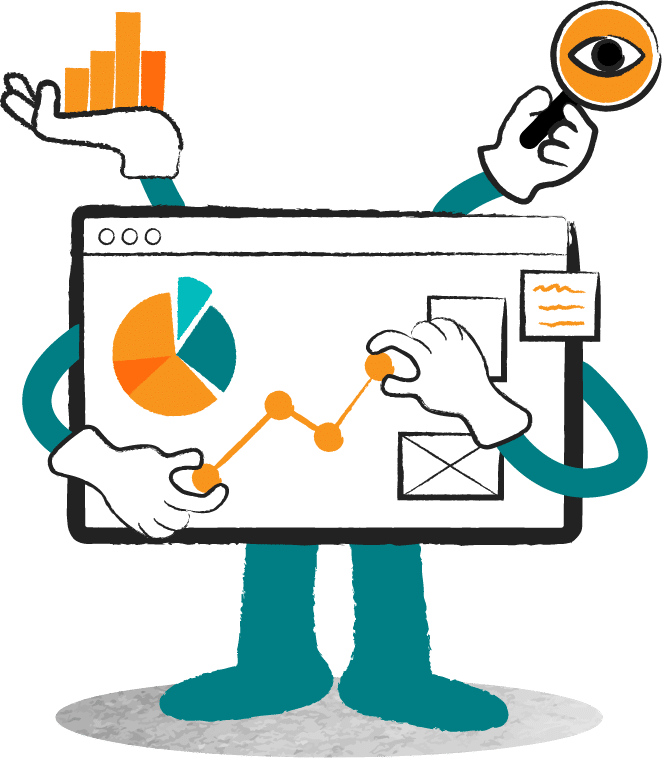
Using the 7 Ps of marketing to build out a strategy for your tour company is great, but how do you know if it’s working? Measuring the success of your tourism marketing mix can be accomplished in a few ways. The first is to calculate your return on investment (ROI) to determine whether the money you’ve spent on your marketing initiatives are actually bringing in enough sales for a profit.
Another way to check on the performance of your marketing strategy is by using analytics on engagement data. How many people actually saw or clicked on that ad, post, or email? How many of those clicks converted into a sale?
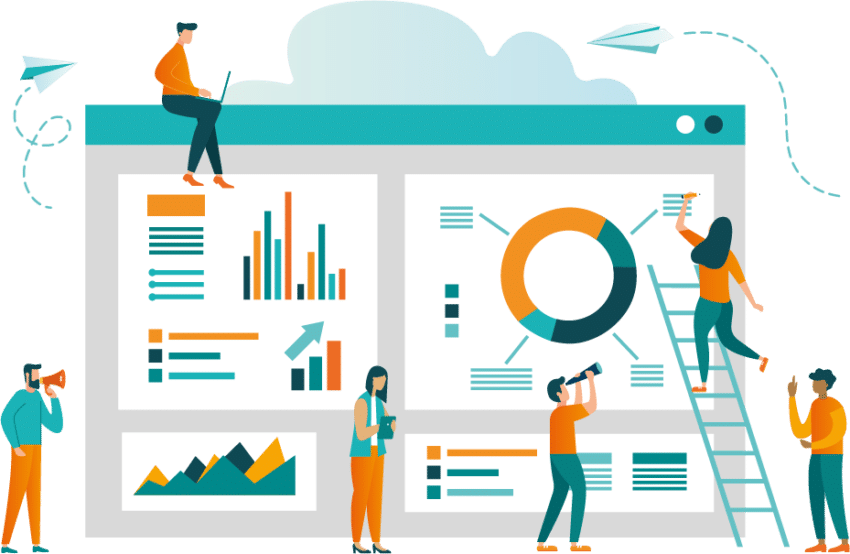
Rezgo offers a powerful reporting system that allows tour operators to track the performance of their marketing campaigns and analyze the impact of each referrer or promo code. By studying this data you can adjust your marketing strategy so that you’re focusing your effort and allocating your money in the most effective places.
There’s a lot to consider when developing a marketing strategy for your tour or activity business, but now that we’ve broken down the 7 Ps of a tourism marketing mix, you know exactly which areas you should be focusing on.
Work on planning and building out each marketing element separately, but remember that they need to complement each other and work together harmoniously for the biggest impact. Adjusting your strategy in one area should affect the way you approach another.
Rezgo helps tour and activity providers thrive by giving them the tools and guidance they need to work efficiently and expand their business.You’re passionate about providing amazing experiences. We’re passionate about building flexible tools to make your job easier and get you more bookings. Let’s work together to make your business thrive. Start using Rezgo today by signing up for free!
We can’t wait to see you launch your next marketing campaign. Good luck!




